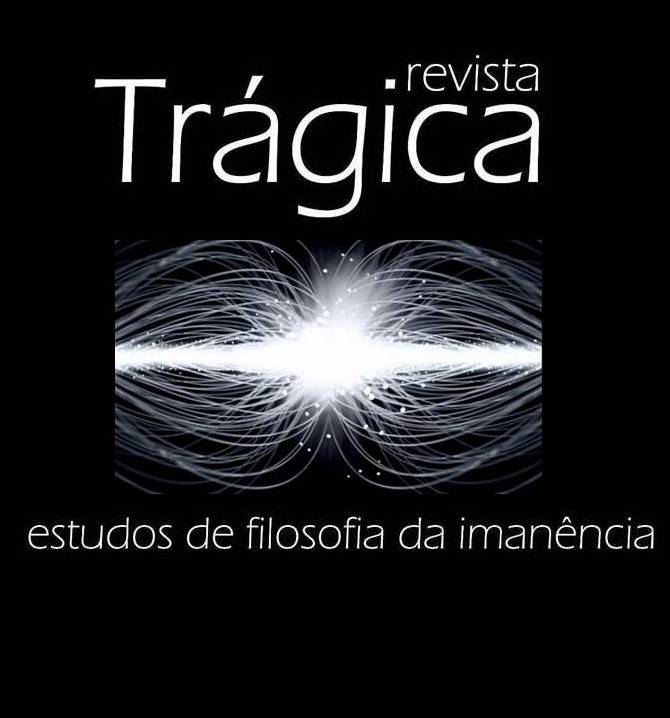O Estilo Modernista à luz da “necessidade” e da “inocência”
DOI:
https://doi.org/10.59488/tragica.v9i3.26874Keywords:
Nietzsche, TrágicoAbstract
Quando de suas primeiras reflexões sobre os gregos, Nietzsche concluiu que o aspecto formal das esculturas pré-helênicas revelava desejo de eternidade ou “otimismo”. Nesse artigo irei aproximar essas reflexões ao estilo que ficou conhecido entre nós como “Modernista”, haja vista algumas similaridades formais. Pretendo argumentar que esse estilo teve caráter de “necessidade”, todavia uma necessidade que não encontrou paralelo nos ideais dos seus criadores e críticos. Entendê-lo como “necessário” levará à constatação de sua “inocência”. Com esses argumentos pretendo questionar o modo como a “Pós-modernidade”, ao referir-se ao “Modernismo” como algo a ser “corrigido”, desconsidera seu caráter “necessário”, negando-lhe a “inocência”.
When Nietzsche first reflected about Greeks, he concludes that the formal aspect of Pre-Hellenic sculpture reveled desire for eternity or “optimism”. In this paper, I will approach those reflections to one Style, which among us, became known as “Modernist”, given some formal similarities. I intend to argue that this Style was necessary, but not in that way its creators and critics expect it happen. Understand it as necessary will make us realize it was also innocent. With these arguments I intend to question the way that “Post-Modernity”, when it refers to “Modernism”, claims it should be corrected, and in doing that deny its “innocence”.
Downloads
Downloads
Published
Issue
Section
License
Authors retain the copyright and grant the journal the right of first publication, with the work simultaneously licensed under the Creative Commons Attribution 4.0 International (CC BY) license. This license allows third parties to remix, adapt, and create from the published work, attributing authorship and initial publication in this journal. Authors are authorized to assume additional contracts separately, for non-exclusive distribution of the version of the work published in this journal (e.g. publishing in an institutional repository, on a personal website, publishing a translation, or as a book chapter), with recognition of authorship and initial publication in this journal.

















